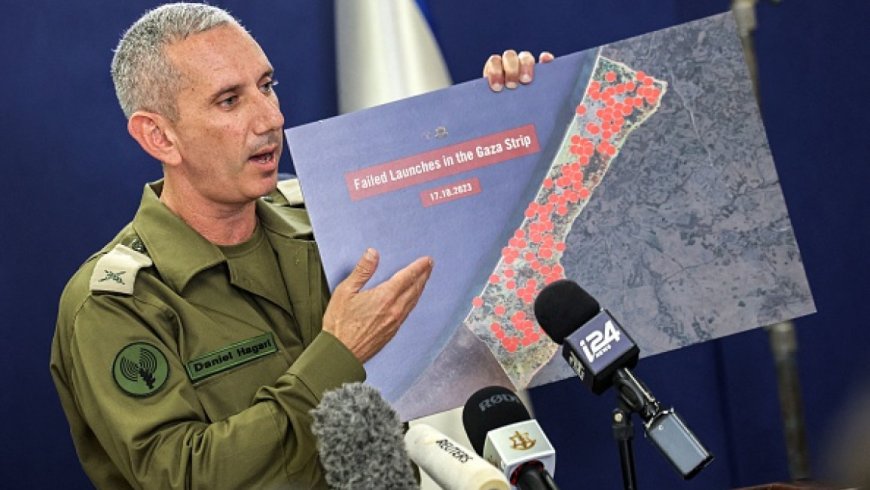Analyzing Media Influence on Public Perception Amidst Conflict in Gaza
In the wake of ongoing conflict in Gaza, an estimated 38,000 lives have been lost. This raises the question: why is there a muted response on social media to these devastating events?

In the wake of ongoing conflict in Gaza, an estimated 38,000 lives have been lost. This raises the question: why is there a muted response on social media to these devastating events? To grasp the magnitude of the situation, consider that the 20-year war in Afghanistan resulted in around 40,000 civilian casualties. Despite this, social media often displays sympathy for Israel. How has Israel managed to shape public opinion in its favor?
One method of influencing public perception is through the use of euphemisms. A notable example is from the era of the Iraq invasion, where then-President George Bush referred to "torture" as "advanced interrogation techniques," softening the negative impact of the term. This practice, known as euphemistic language, replaces harsh or unpleasant terms with more palatable ones to reduce public backlash.
Media Influence Through Entertainment
Entertainment media plays a significant role in shaping public perceptions of conflict. Video games like Call of Duty: Modern Warfare (2019) often depict terrorists using hospitals as bases, normalizing the idea of these places being legitimate targets. Films such as Attack on Station 33 reinforce this narrative by showing protagonists attacking hospitals to eliminate terrorists. This portrayal conditions audiences to accept the idea that hospitals can be hubs of terrorist activity.
Media Strategies: Preemptive Framing and Gradual Acceptance
Israel has utilized similar media strategies. For instance, it has claimed, without concrete evidence, that Hamas builds tunnels under hospitals. This narrative was used to justify the bombing of Al-Moamdani hospital in Gaza, which resulted in 500 casualties and minimal international criticism. This technique, known as "media attachment," involves repeatedly presenting a narrative to shape public opinion over time.
The process occurs in two stages:
- Preemptive Framing: Media outlets and entertainment platforms start introducing a narrative well in advance. Over time, the repetition of this theme makes it a normalized concept.
- Gradual Acceptance: As the audience becomes accustomed to the narrative, they are more likely to accept related justifications for actions that might otherwise provoke a negative response.
Broader Implications
These media strategies have enabled Israel to manage and often mitigate global criticism of its actions in Gaza. By using euphemistic language and influencing public perception through entertainment media, the narrative surrounding the conflict is subtly altered. This makes it easier for the global community to overlook or rationalize the severe consequences of military actions on civilian populations.
The power of media in shaping public opinion cannot be underestimated. The examples provided illustrate just two methods of many used to divert attention from the harsh realities of conflict. As the situation in Gaza continues to evolve, it remains crucial for global audiences to critically assess the information presented and seek diverse perspectives to understand the full scope of the ongoing humanitarian crisis.













































